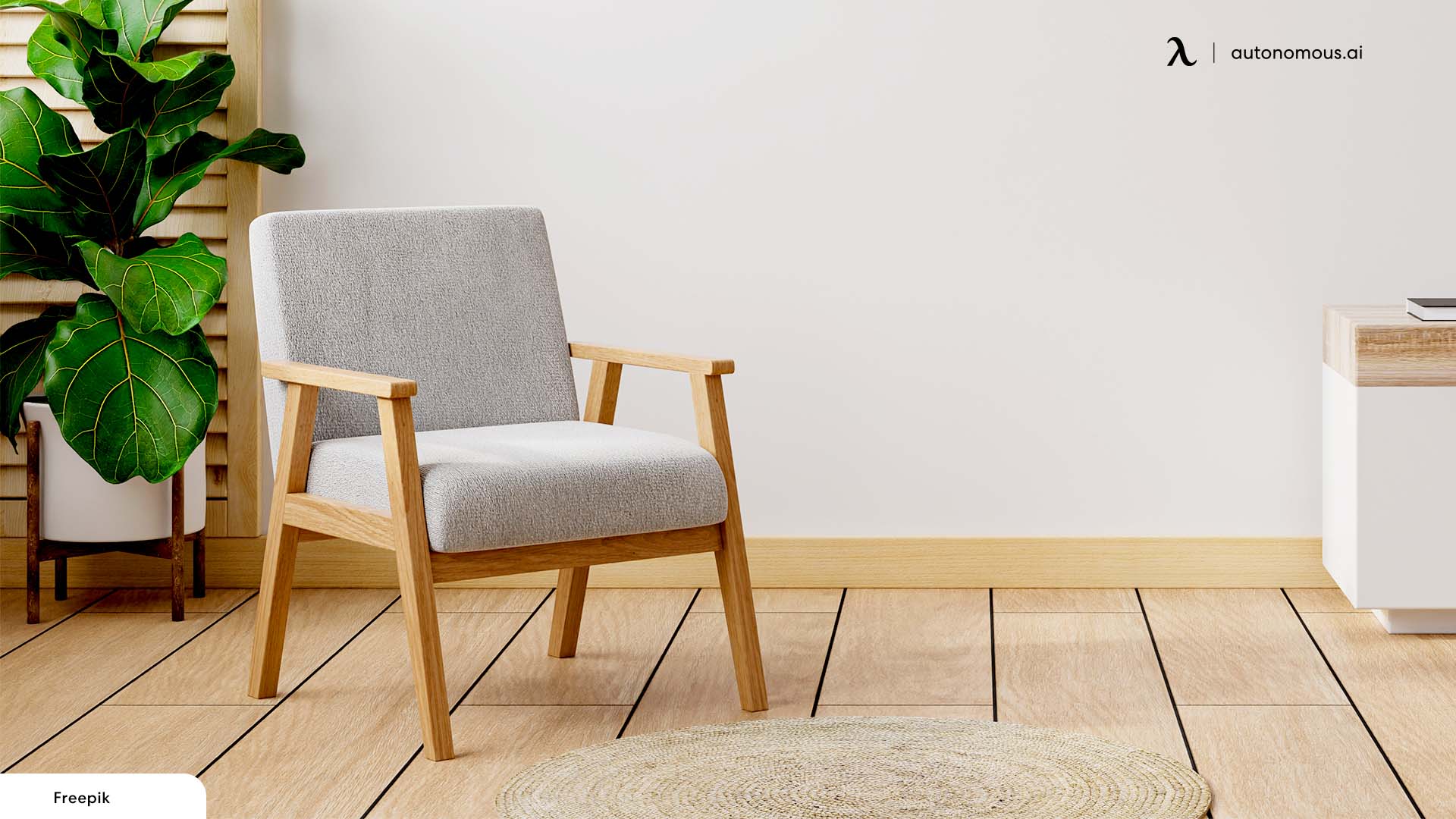Safety and Regulatory Considerations for Nursery Chair Fabrics: Best Fabric For Nursery Chair

Choosing the right fabric for a nursery chair involves more than just aesthetics; safety is paramount. We need to consider both the potential hazards posed by the fabric itself and the regulatory standards designed to minimize those risks for our little ones. This section will delve into the crucial safety aspects to keep in mind when selecting fabric for your baby’s nursery chair.
Flammability Standards for Nursery Chair Fabrics
Flammability is a major concern when it comes to children’s furniture. Young children are particularly vulnerable to fire hazards, and fabrics that ignite easily pose a significant risk. Most countries have stringent flammability standards for children’s products, often based on tests that measure how quickly a fabric ignites and how rapidly the flames spread. These standards usually specify minimum requirements for flame resistance, often expressed as a pass/fail criterion in standardized tests like the “cigarette test” or “open flame test.” Failing to meet these standards can result in the product being deemed unsafe and potentially lead to recalls or legal action. For example, in the US, the Consumer Product Safety Commission (CPSC) sets strict flammability standards for children’s furniture, and manufacturers must comply to sell their products legally. These standards ensure that the fabrics used are less likely to catch fire and spread flames rapidly, minimizing the risk of serious injury or death.
Harmful Chemicals in Nursery Chair Fabrics
Beyond flammability, the presence of harmful chemicals in fabrics is another significant safety concern. Certain chemicals used in fabric production, such as formaldehyde, phthalates, and certain dyes, can be toxic if inhaled or ingested, especially by infants and young children. These chemicals can cause a range of health problems, from skin irritation and allergies to more serious conditions. Therefore, it is crucial to choose fabrics that have been rigorously tested and certified as free from these harmful substances. Look for certifications like OEKO-TEX Standard 100, which indicates that the fabric has been tested for harmful substances and meets stringent safety criteria. This certification provides assurance that the fabric is safe for use in children’s products. Choosing fabrics with such certifications greatly reduces the risk of exposing your baby to potentially harmful chemicals.
Potential Hazards from Fabric Type and Construction
The type and construction of the fabric itself can also pose safety hazards. Loose threads, for instance, represent a choking hazard for babies who might pull them off and put them in their mouths. Similarly, small parts or embellishments attached to the fabric, such as buttons or beads, can also be choking hazards. Choosing fabrics with tight weaves and minimal embellishments reduces these risks significantly. Furthermore, the durability of the fabric is also important. A fabric that easily tears or frays could create sharp edges or small pieces that could harm a child. Selecting a durable and well-constructed fabric minimizes the risk of such hazards. For example, a tightly woven cotton fabric is generally safer than a loosely woven fabric with numerous embellishments.
Nursery Chair Fabric Safety Checklist for Parents, Best fabric for nursery chair
Before purchasing a nursery chair, consider using the following checklist:
- Check for flammability certifications or labels indicating compliance with relevant safety standards (e.g., CPSC standards in the US).
- Look for certifications such as OEKO-TEX Standard 100, indicating that the fabric is free from harmful chemicals.
- Inspect the fabric for loose threads, small parts, or embellishments that could pose a choking hazard.
- Assess the durability of the fabric; choose a fabric that is unlikely to tear or fray easily.
- Consider the fabric’s breathability to ensure your baby remains comfortable and doesn’t overheat.
